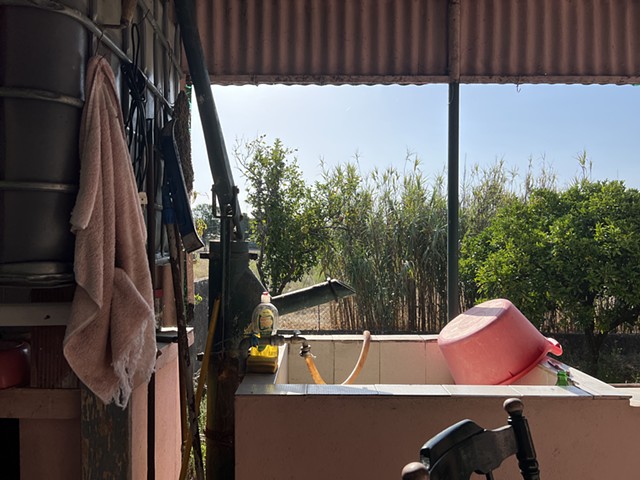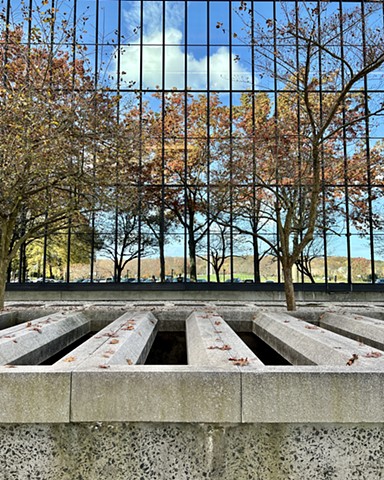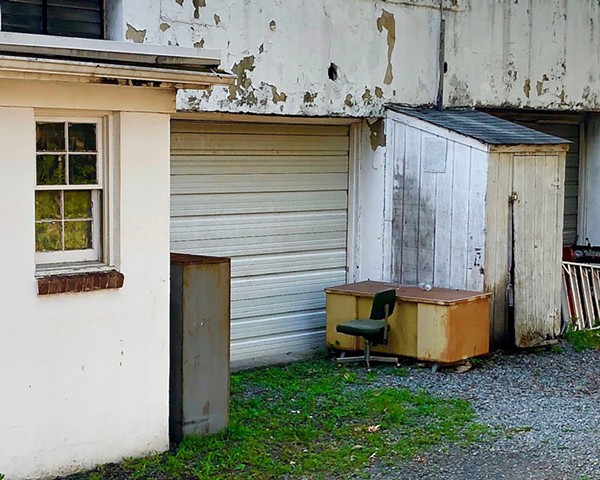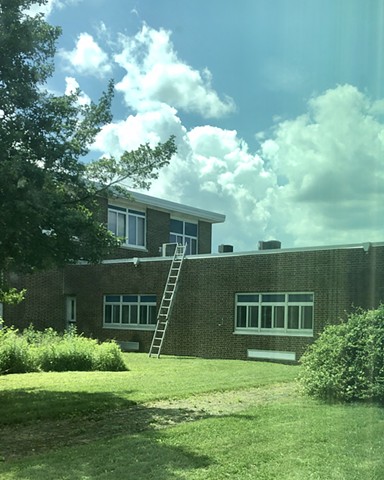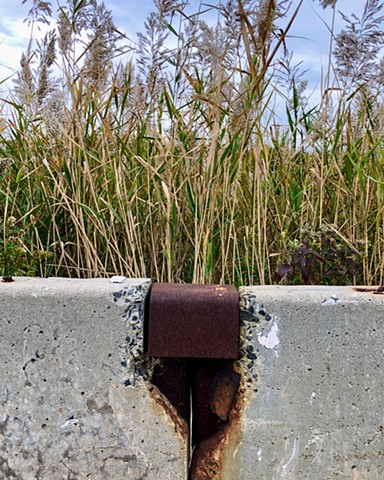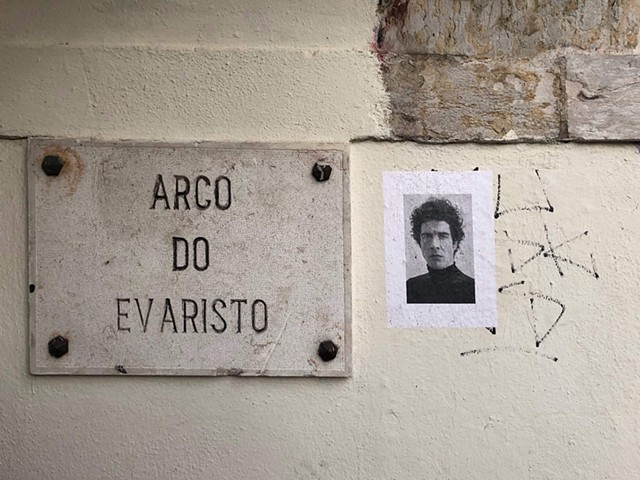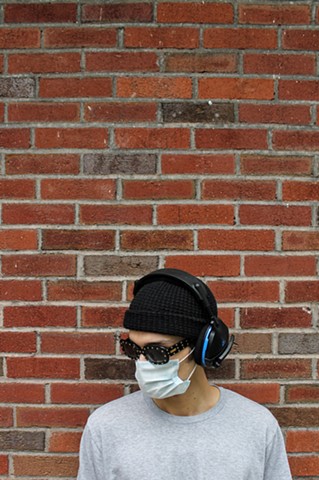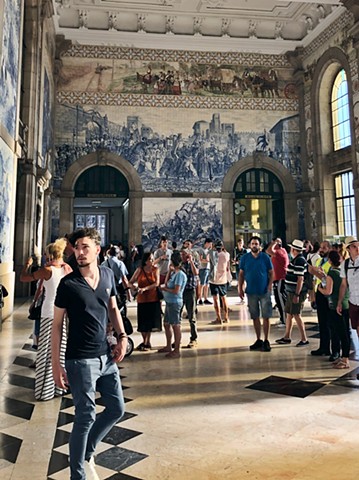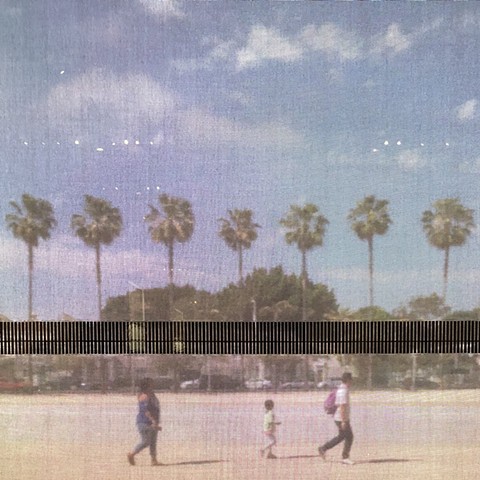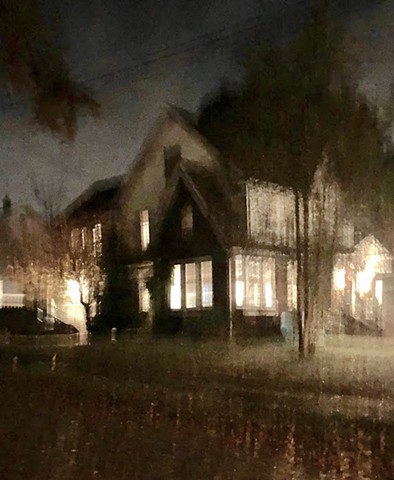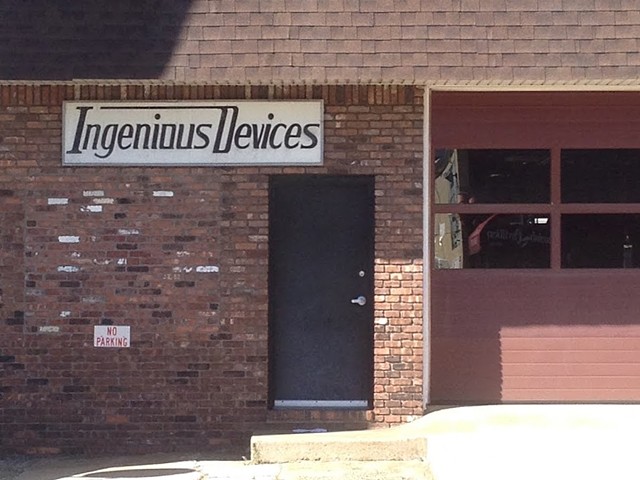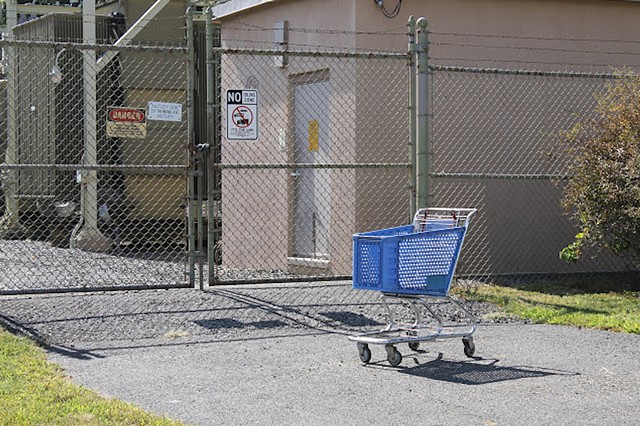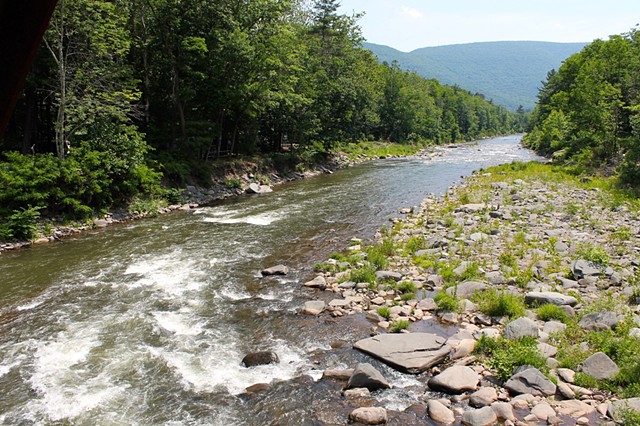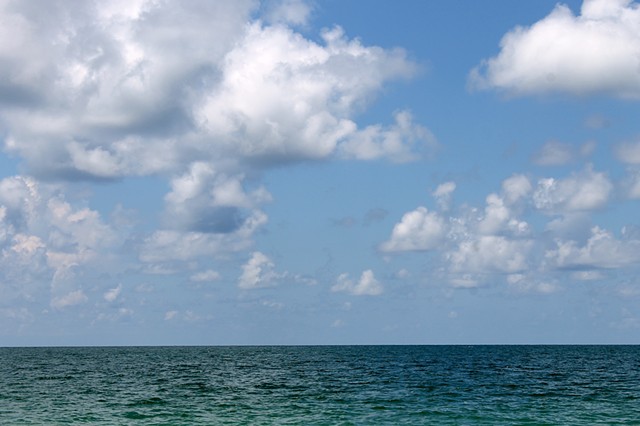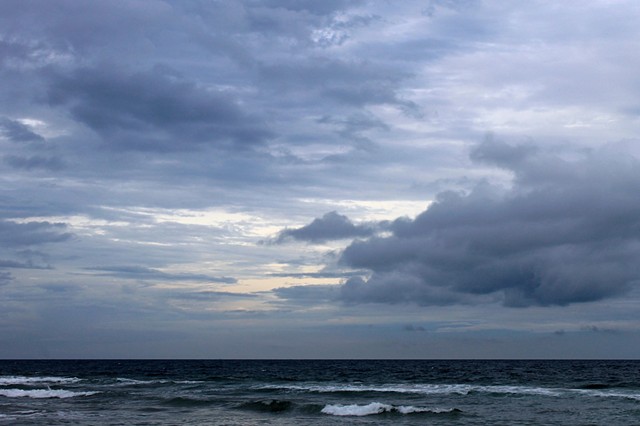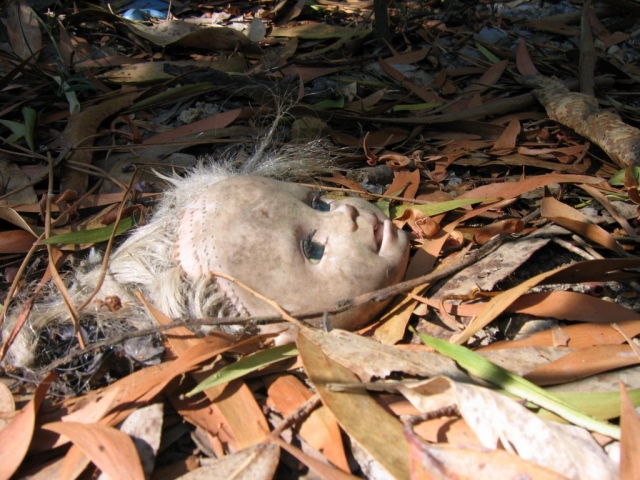Photography
Man Ray famously said, “I paint what cannot be photographed, that which comes from the imagination or from dreams, or from an unconscious drive. I photograph the things that I do not wish to paint, the things which already have an existence.” Man Ray was an early artistic influence for me; similarly, photography has entranced me since childhood and continues to be a unique and useful way to express myself and document the world before me. Primarily a collagist, a practice rooted in photography, I tend to keep these two sides of my practice separate: I have rarely used my own photographs in my collages, and have infrequently photographed my collages and manipulated them further. I suppose I am a bit of a purist on both accounts.
Thematically, the works submitted here are a mixed bag; compositionally, the connective tissue to my collage work is a dedication to the grid. When photographing facades, for example, I am often seeking a reduction of depth of field and diagonals, with a concentration on verticals and horizontals. In one example here, however, I’m interested in the extension of space. Several photographs capture the juxtaposition of the natural and manmade worlds; in the Sao Bento train station in Porto, I captured a fleeting moment that suggests a connection between two figures.
It’s difficult to imagine photography not being an integral part of my broader artistic practice. I often say that I take photographs, but I am not a photographer. I present them physically with a slightly different size ratio, print them using a process not traditionally used for photography, and include no borders. Having great reverence for those that call themselves photographers, what I do find in photography is an instrument of composition and expression: taking advice from Man Ray, it allows me to capture the world as I want to remember it, driving images towards an aesthetic and meaning.







